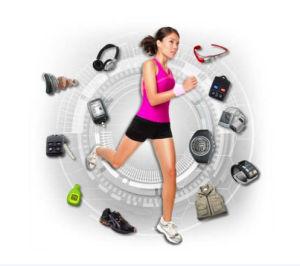Wearable robots offer a promising solution for quantitatively monitoring gait and providing systematic, adaptive assistance to promote patient independence and improve gait. However, due to significant interpersonal and intrapersonal variability in walking patterns, it is important to design robot controllers that can adapt to the unique characteristics of each individual. This paper investigates the potential of human-in-the-loop optimisation (HILO) to deliver personalised assistance in gait training. The Covariance Matrix Adaptation Evolution Strategy (CMA-ES) was employed to continuously optimise an assist-as-needed controller of a lower-limb exoskeleton. Six healthy individuals participated over a two-day experiment. Our results suggest that while the CMA-ES appears to converge to a unique set of stiffnesses for each individual, no measurable impact on the subjects' performance was observed during the validation trials. These findings highlight the impact of human-robot co-adaptation and human behaviour variability, whose effect may be greater than potential benefits of personalising rule-based assistive controllers. Our work contributes to understanding the limitations of current personalisation approaches in exoskeleton-assisted gait rehabilitation and identifies key challenges for effective implementation of human-in-the-loop optimisation in this domain.
翻译:暂无翻译




